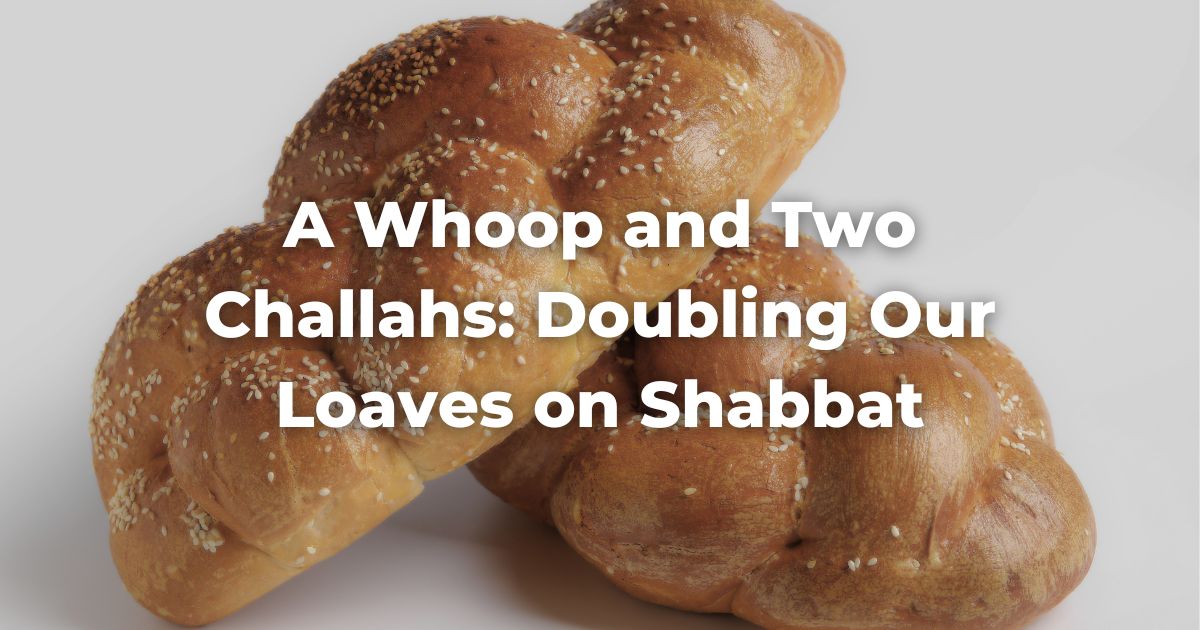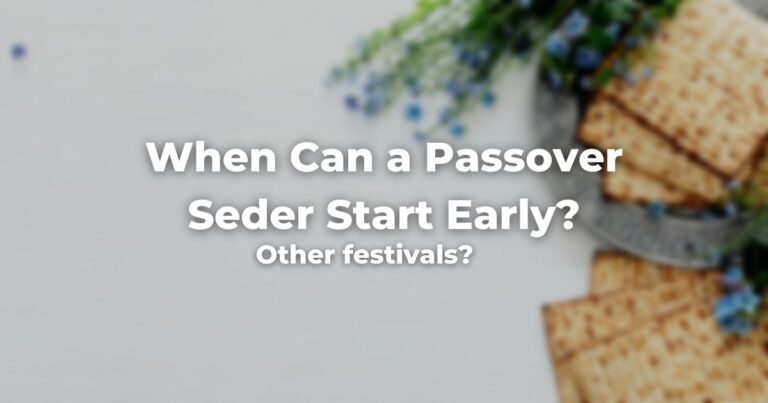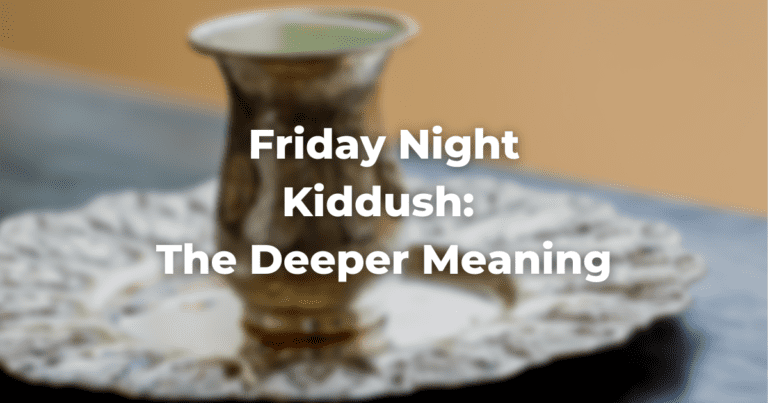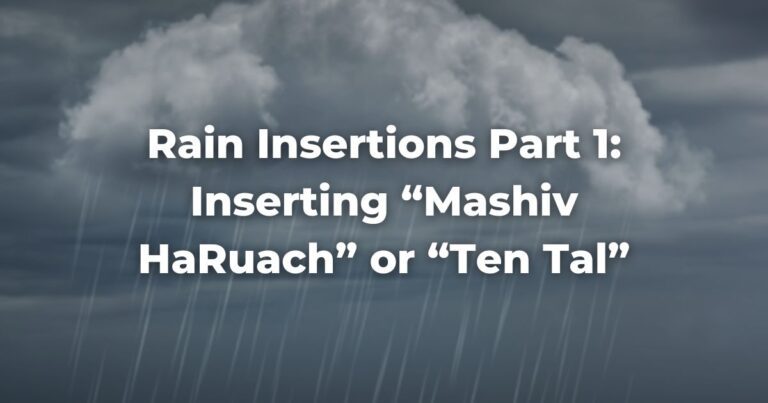I’m willing to guess that if you ask a Jewish child to name their favorite thing about Shabbat, the answer will more than likely involve eating challah. It might even be a popular answer among adults as well. Whether store-bought or homemade, challah is a special treat synonymous with the day of rest itself.
Yet our enduring love for challah is not the reason why traditional Shabbat tables are set with multiple loaves. The origin of that custom can be traced back to a passage from the Book of Exodus, in which God provides the recently freed Israelites with manna so they may eat in the wilderness:
”On the sixth day, they gathered double the amount of food, two omers for each; and when all the chieftains of the community came and told Moses, he said to them, ‘This is what the Lord meant: Tomorrow is a day of rest, a holy sabbath of the Lord. Bake what you would bake and boil what you would boil; and all that is left put aside to be kept until morning.’”
Exodus 16:22-23 [NJPS Translation]
Moses explains to the Israelite leaders that, every Friday, the people would need to gather לחם משנה (lehem mishneh), a double portion of manna, so they would have enough food to eat for both Friday and Saturday, lest they violate Shabbat by gathering new food for that day.
By setting our Shabbat tables with more than one challah, we remind ourselves of both God’s generosity and forethought, granting our ancestors food to sustain them without compromising their ability to fulfill the commandments.
For some, it’s easy to fulfill this directive, as many enjoy the process of making their own challah prior to Shabbat, or they live close to a grocery store that has ample Kosher challah loaves in stock.
But if you’re having a harder time obtaining or affording multiple challot each week, here are some practical alternatives:
- If you can’t pay for—or don’t think you’ll be able to consume—two challot each week, some stores also sell a bag of multiple challah rolls for about the same price as a regular-sized loaf.
- If you’re only able to obtain one challah for a given Shabbat, it’s permissible to say the hamotzi blessing on Friday night over that challah and a second, uncut loaf of bread. Items such as baguettes, tortillas, or even a piece of matzah can stand in for a second challah if you’re in a pinch.
- The key is to say a blessing over two loaves, not necessarily to eat both of them at Friday night dinner. If you only dig into one loaf, the second could be put in the freezer and used at a future Shabbat dinner. Or, you could join the many Shabbat adherents who also love to make French toast out of leftover challah on Sunday mornings.
May the double portion of challah allow us to appreciate the blessings of abundance each Shabbat evening.
Author
-

Adam J. Rosenbaum is a Conservative rabbi, a proud father of three, and a baseball enthusiast. He has served communities in New Jersey, South Carolina, and western New York, among others.
View all posts




